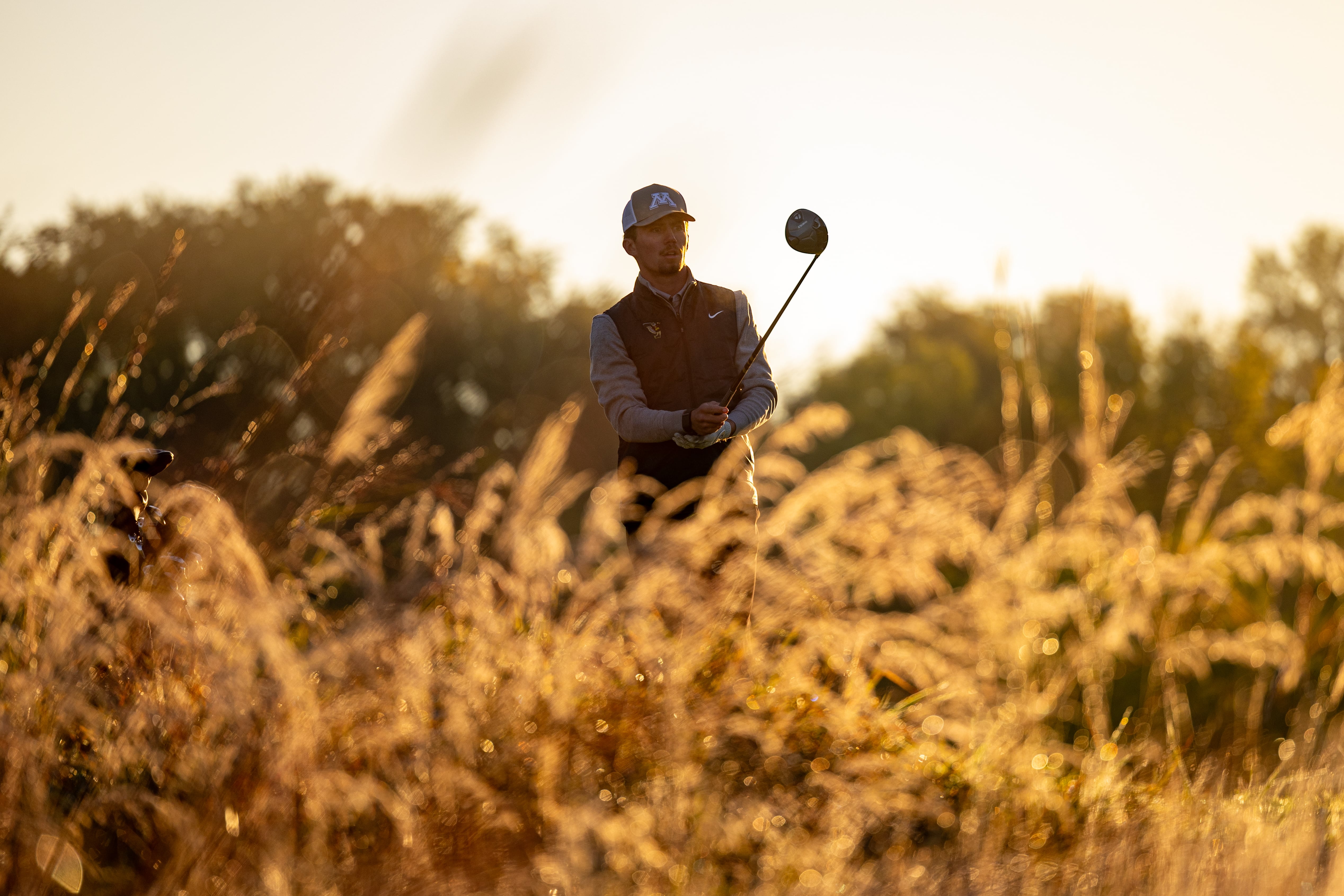Insights

No stone left unturned. It might one day be Matt Fitzpatrick’s epitaph given how often the phrase is used when describing the approach he’s taken to becoming a major winner. “He leaves zero stones unturned in his pursuit of a slight advantage,” confirms Mike Walker, the Englishman’s longtime coach. “And when you think he’s found all the stones, he looks for another one.”
“He is relentless in his quest for an infinitesimal advantage,” comments golf writer Dan Rapaport, who is also a close friend. “And he doesn’t care what it looks like.“ Fitzpatrick chips cross-handed and putts using the “prayer grip” and with the flagstick in at all times. Over the last 18 months he has consulted a bio-mechanist and used a device called The Stack System to improve his speed and dramatically increase his driving distance without losing any of his trademark accuracy.
The new US Open champion is also the game’s new poster boy for keeping stats. Except there is nothing new about Fitzpatrick’s meticulous documenting of his game, both in tournament play and in practice. He has been recording his shot data – every shot he’s hit – since he was 15 years old and in 12 years has built up a vast database that reveals his shot patterns and tendencies, which in turn informs his practice and course strategy.
“He was ahead of the curve,” states Pat Goss, the highly respected Golf Coach at Northwestern University where Fitzpatrick briefly studied. Goss recalls how unusual it was for one of his players to be pacing off his own putts and making fastidious notes. Fitzpatrick was the number one amateur in the world when he arrived on campus, having won both the US Amateur Championship and the Silver Medal as leading amateur at the Open in the summer of 2013.
“If it helps your game and it helps you improve, then there’s no reason not to do it” Matt Fitzpatrick
“Everything he does is very statistics-focused,” reveals Matt’s younger brother Alex, a two-time Walker Cup player who recently turned pro after establishing himself as one of the best amateur golfers in the world.
“It’s more about just chipping away at [the weaknesses] and making small gains,” the man himself explains of his progressive attitude towards performance data and the work he has done with Eduardo Molinari, the former Ryder Cup player and winner of three titles on the European Tour.

Clippd identified Fitzpatrick as one to watch before the tournament and he was a model of consistency at The Country Club, where he made history by becoming only the second male player after Jack Nicklaus to win the US Amateur Championship and the US Open at the same venue. His driving was excellent throughout and in four rounds the lowest he scored for OTT (Off The Tee) Average Shot Quality was 118 and that was on Sunday.

On the same day he found 17 of 18 greens in regulation, which is a remarkable feat at a US Open, let alone when you’re out in the last group on the final day. Afterwards, the champion described it as “one of my best ever approach rounds”, which is confirmed by Clippd. Fitzpatrick’s APP Average Shot Quality in the final round was 117 and included seven shots that left him putts of inside 20 feet (see APP Shots - Proximity, above). And this hitting into greens that called for absolute precision.

Clippd scored his best three shots of the final round as his 48-foot birdie putt down a steep slope on the 13th green (196 for Shot Quality), his drive onto the green of the par-4 5th (184) and his 19-foot birdie putt on the 15th (183). The shot that he is destined to be remembered for – the outstanding “squeezy fade” 9-iron from a fairway bunker on the 72nd hole – scored 153 for Shot Quality.
After the second round, Luke Kerr-Dineen of Golf.com wrote a telling piece about the tournament leader’s “clever and quirky” approach to his profession and what we can all learn from it.
“Golf is a homogeneous game, in many ways,” Kerr-Dineen began. “One grounded in a sense of how things have been done, and therefore should be done. There are lots of things golfers know they could and probably should do to improve. But golf is hard enough as it is. Is doing something that might help really worth the tradeoff of looking stupid, or different? Isn’t it just safer to play things safe, and do things the conventional way?”
“I get that, but it depends if you want to be second all your life,” was Matt Fitzpatrick’s response. ”I’d rather win than worry about looking stupid. If it helps your game and it helps you improve, then there’s no reason not to do it.”
Tracking your statistics and using data intelligently will not ensure you win majors. But done right, it will give you clarity and help you to understand who you are as a golfer and where you can improve. Matt Fitzpatrick recognised this a long time ago. Now he is going to find out just how good he can be.
Watch Matt Fitzpatrick’s champion’s press conference

.png)








.jpg)
.svg)